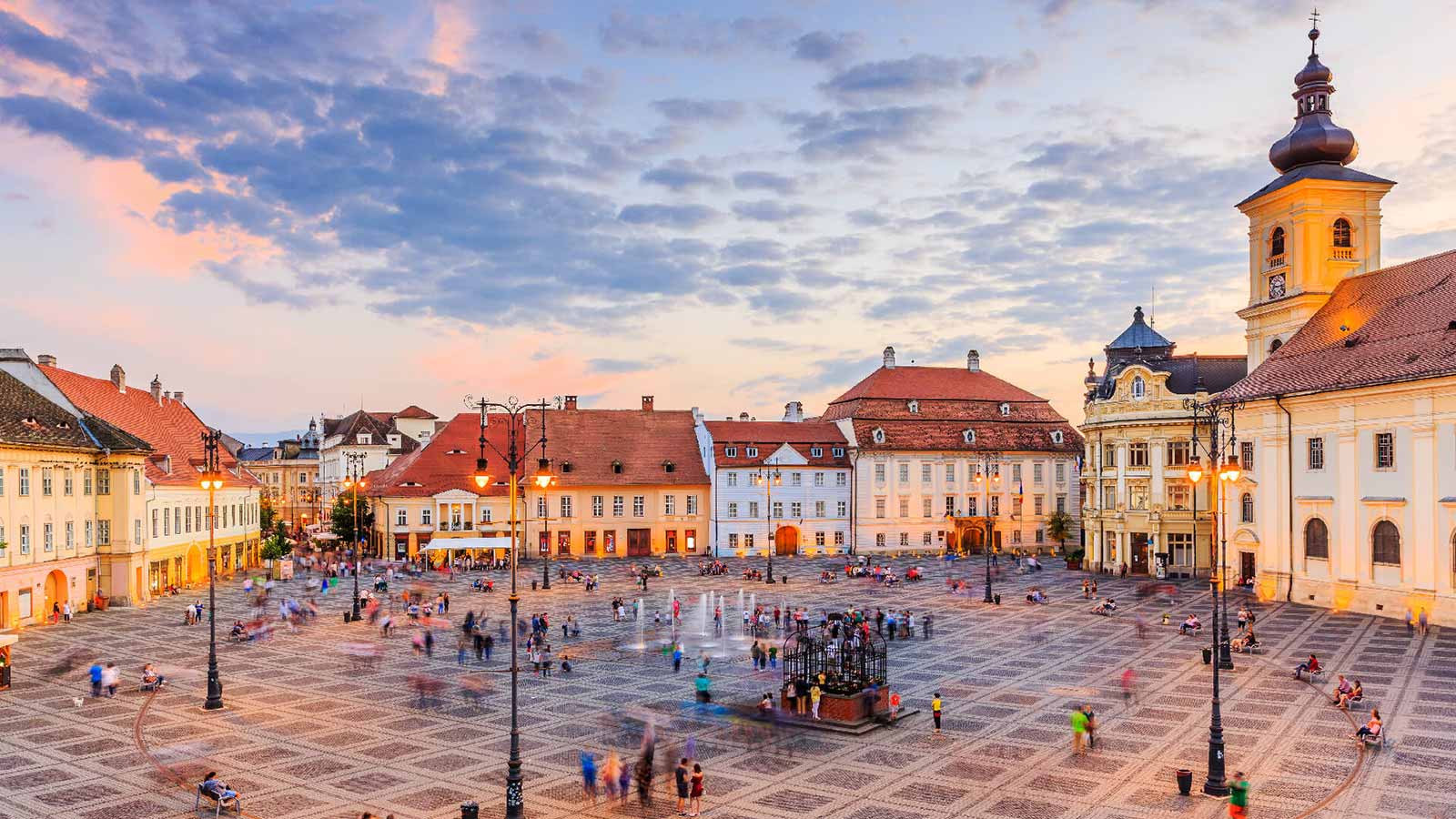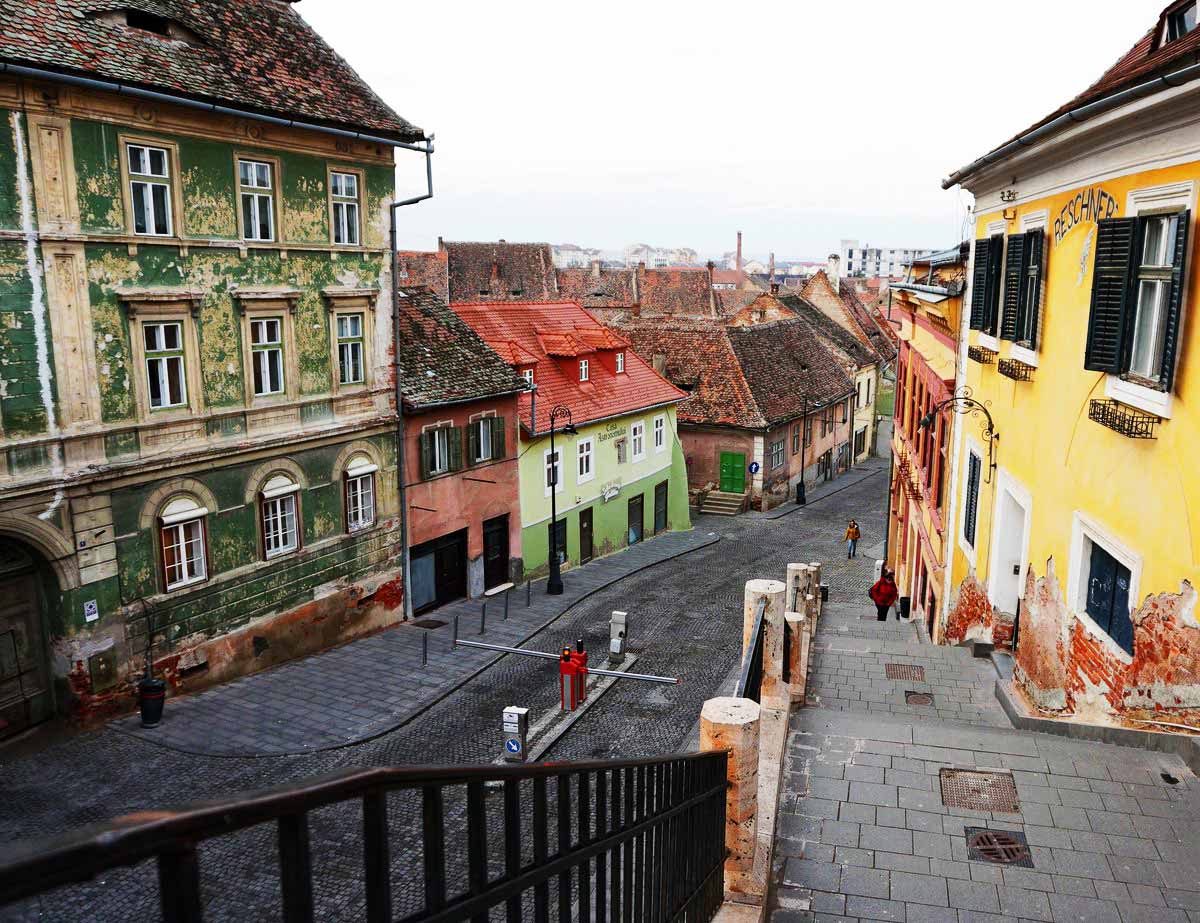Sibiu is the creation of the Saxon settlers who in the twelfth century set the grounds for what would become a commercial centre of reference in Transylvania. Their legacy along with that of the many other people who have perished in the city has created a rich space in many ways. The special character of Sibiu resides in its buildings full of stories, in the cobbled and narrow streets, in the “houses with eyes”, in the hospitality of the locals and in the authentic dishes cooked by them. If we , managed to convince you and you want to take a day trip to Sibiu you could choose to organize your visit according to the suggestions below:
What to see in Sibiu in one day
A unique fact about Sibiu is that it consists of two “cities”: the Upper City and the Lower City. We suggest you start your exploration with what was once known as the “Upper City.” This area consists of the Great Square, the Small Square, and the Huet Square which are dotted with majestic buildings and numerous restaurants. Here you can also find a pedestrian street with many terraces which are named “Balcescu”.
Start taking the pulse of the city from the Great Square, which is considered to be the soul of this place. This area houses some of the most precious architectural jewels of Sibiu such as the Brukenthal Palace, the Roman Catholic Church, the Blue House, the Haller House, the Filek Palace, and more. The Great Square is the space where history, aristocracy and contemporaneity blend harmoniously. You can rest on one of the terraces here while enjoying a delicious coffee and observing the rhythm of Sibiu life.

The Great Square, the Small Square and the Huet Square are interconnected by various passages along which the “Upper City” stretches.
Next, discover the beauty of the Small Square. This is segmented into two distinct areas by Ocnei Street, a street that goes under the Bridge of Lies to the Lower Town. In the past, many of the buildings you can find in the square today were housing goods and handicraft workshops. The buildings in this area are historical monuments which means that only a little has changed in the appearance of the square since the 15th century. Some of the buildings you can see here are: the Museum of Universal Ethnography “Franz Binder”, the House of Arts, Luxembourg House, the Pharmacy History Museum. In addition, here you can also find the Council Tower from which you can admire the city from above.

As you walk through the streets of Sibiu some tall buildings will appear in your way, buildings known as the Eye Houses. Their name originates from the windows on the roofs which look like eyes carefully monitoring the passers-by. The explanation behind this “phenomenon” denotes the pragmatism of the people of the Middle Ages. The windows were structured in this way because they were what we now today know as ventilation systems. In this way, the food stored in the attics was properly preserved.
The city of Sibiu hosts the oldest square in Sibiu, namely Dragoner Square. This area of the former fortress was consolidated at the beginning of the 15th century. Its name comes from the Dragon Guard, which is a complex of buildings that were demolished in 1981. However, later, the foundations of the buildings were rehabilitated, being raised to a height of 2 meters. Thus, a small park was outlined in this area.
Cetății Street is also a “must see”. It is surrounded by three medieval towers: the Harquebusiers’ Tower, the Potters’ Tower and the Carpenters’ Tower, all made out of brick and stone. There is a significant portion of the enclosure wall which you can also see here. Cetății Street is the area with the best preserved medieval fortifications in the city.
For the visit to be complete, one thing you should not miss is the traditional food. We have prepared a special article on this topic to help you find restaurants where you can eat well in Sibiu.
